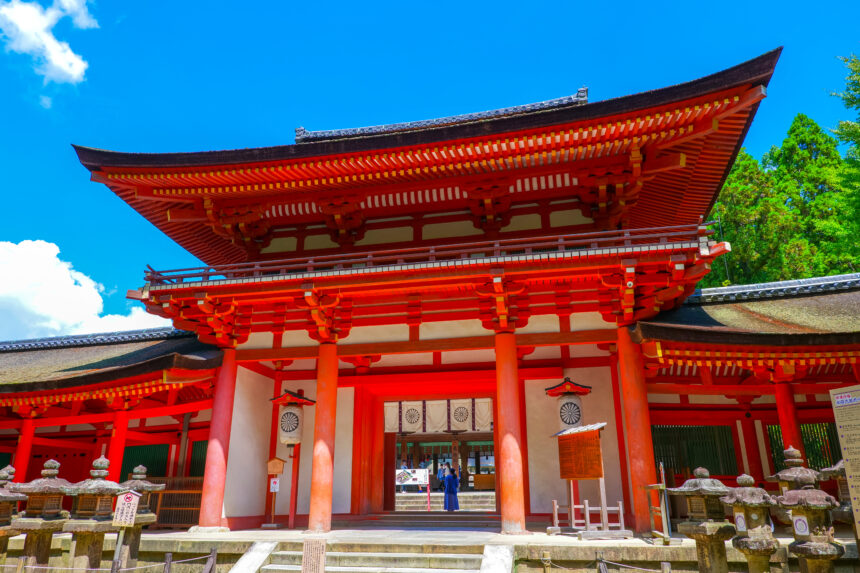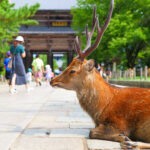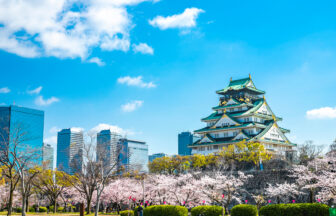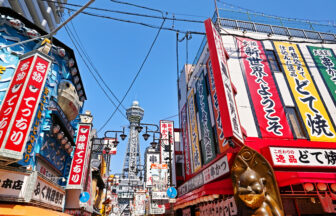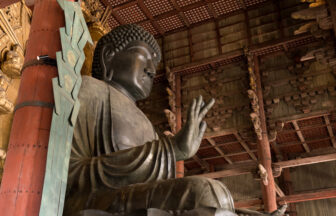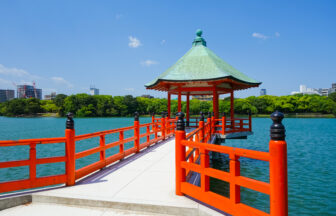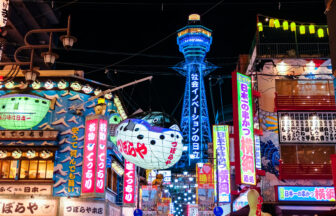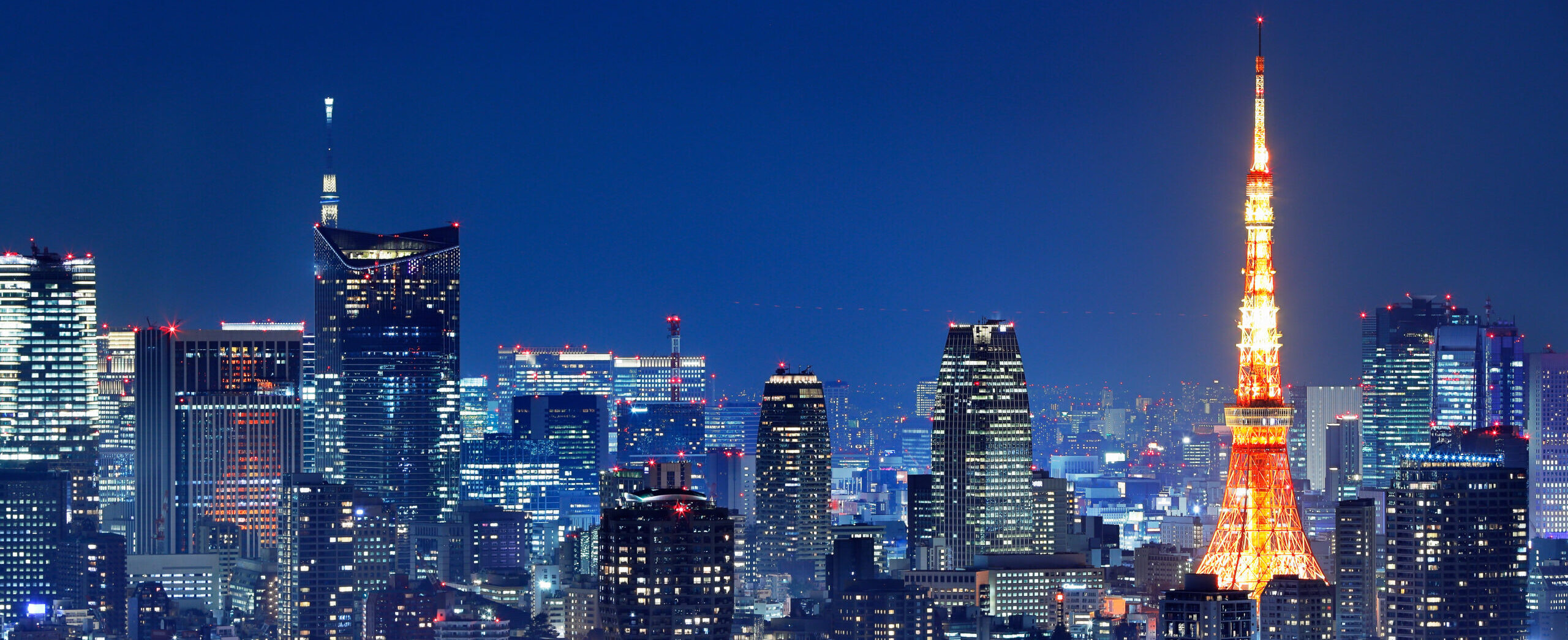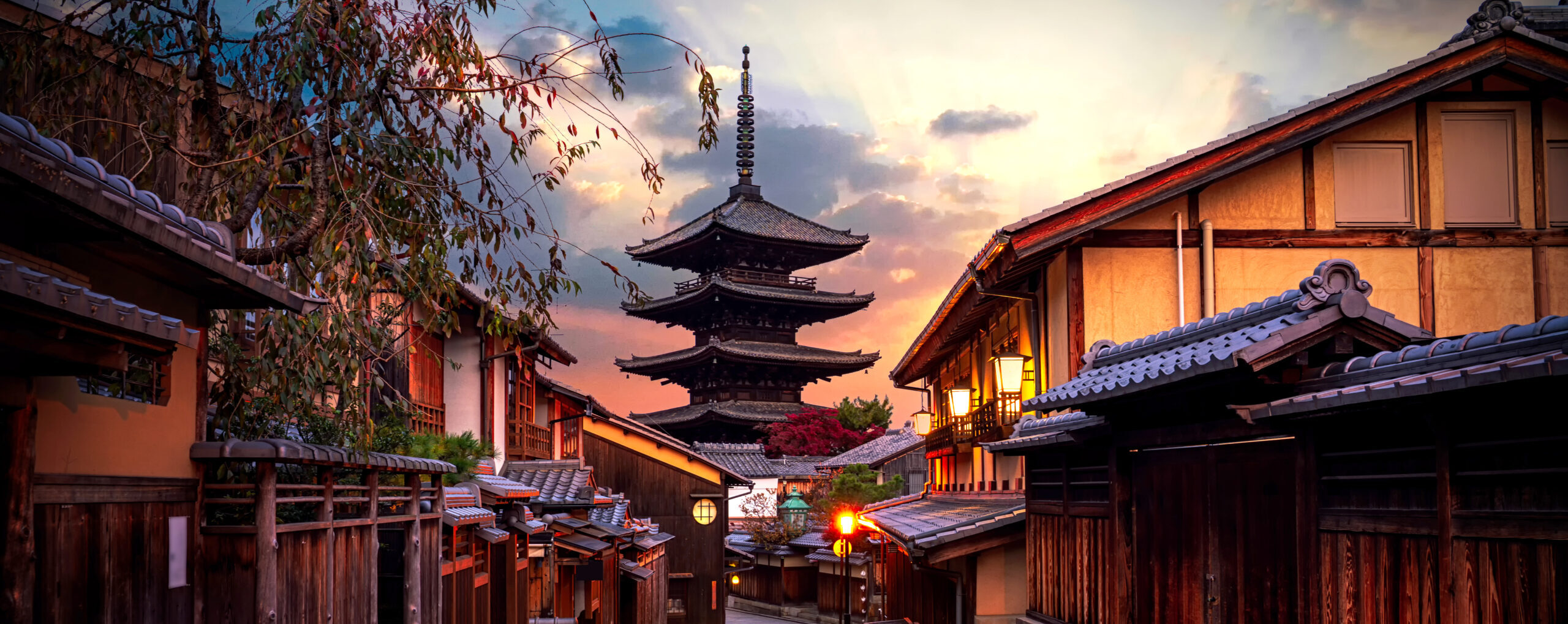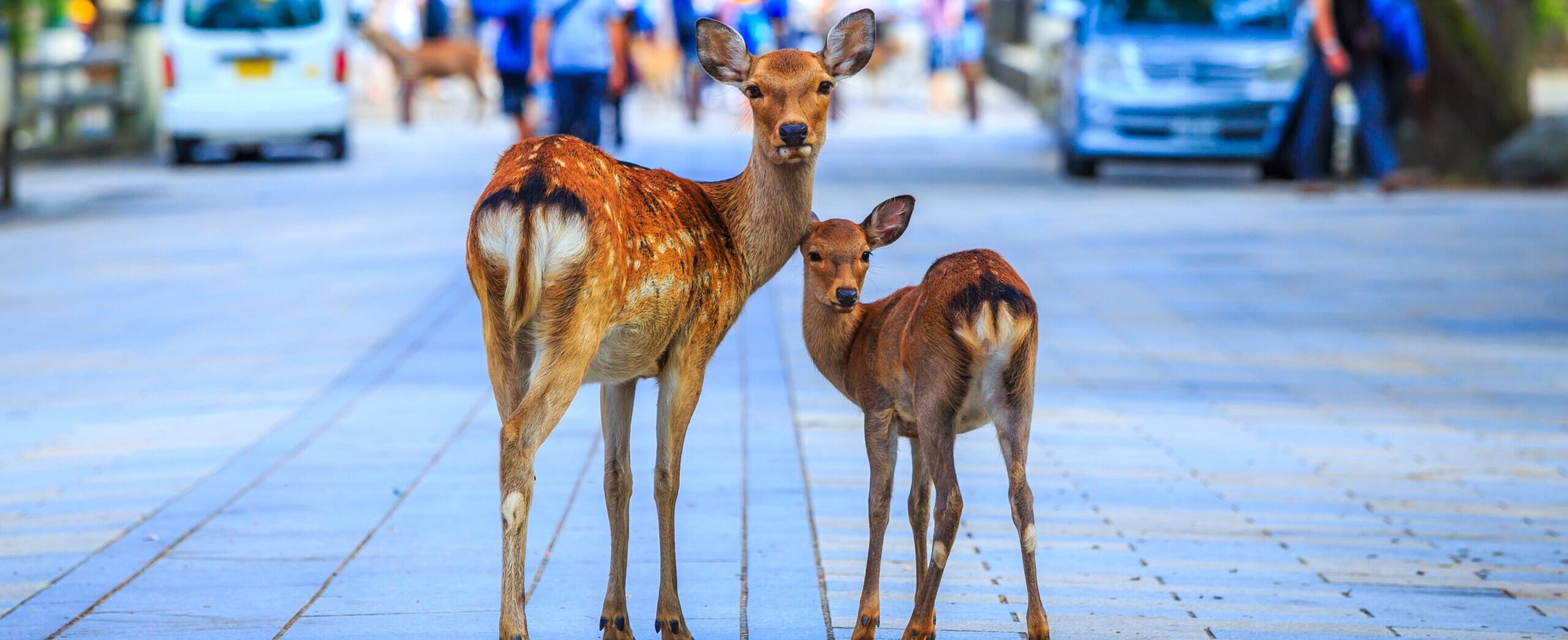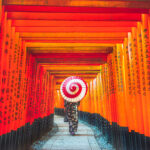In this Article
1. Overview of Kasuga Taisha Shrine
Kasuga Taisha, located within Nara Park, is one of Japan’s most iconic Shinto shrines and a UNESCO World Heritage Site. Established in 768 AD, it is dedicated to the deities who protect Nara. The shrine is famous for its vermilion-lacquered buildings, thousands of stone and bronze lanterns, and its serene natural setting. Visitors can experience a blend of spirituality, history, and culture at this sacred site.
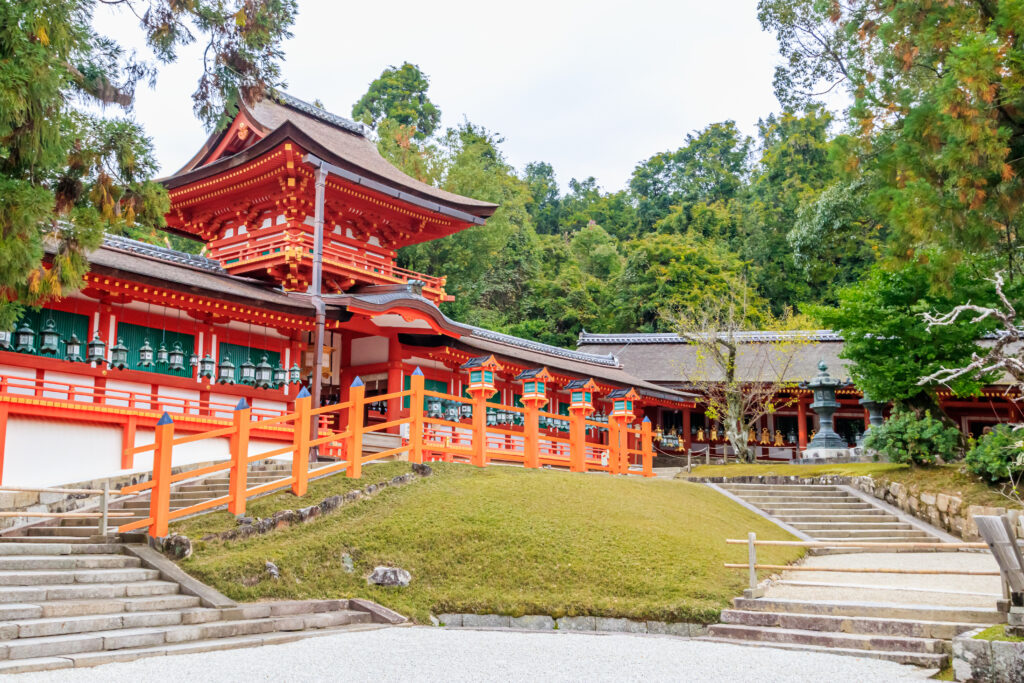
2. History of Kasuga Taisha Shrine
Founded by the influential Fujiwara clan, Kasuga Taisha played a crucial role in the spiritual and cultural development of Nara. The shrine followed the ancient Shinto practice of being rebuilt every 20 years to preserve its sanctity, a tradition upheld for centuries. Its deep historical significance makes it a central figure in Japanese cultural heritage.
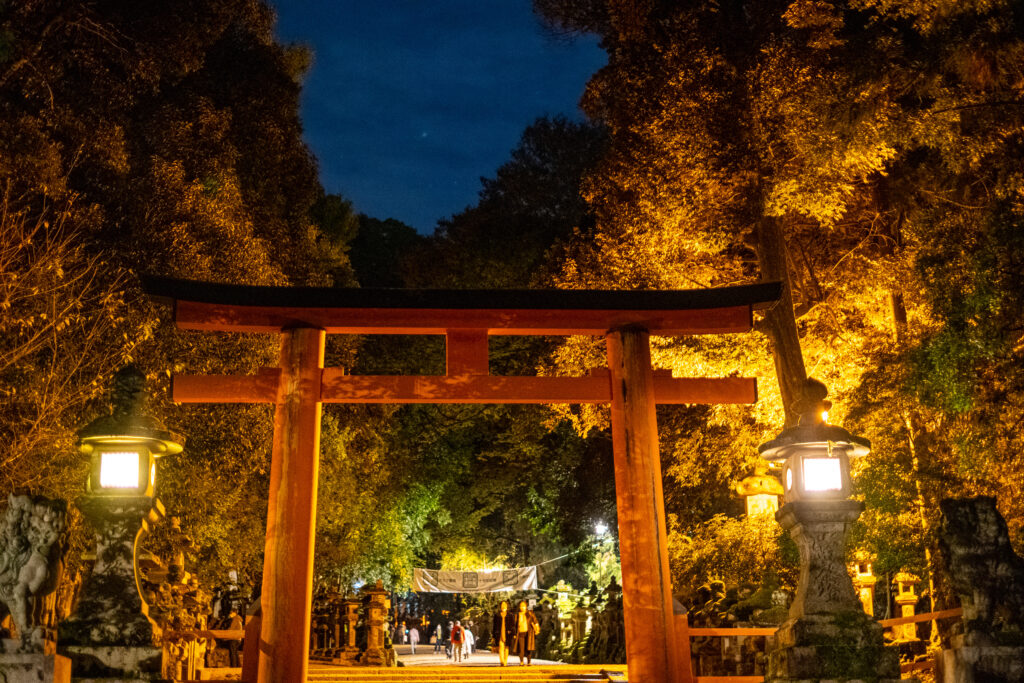
3. Highlights of Kasuga Taisha Shrine
Stone and Bronze Lanterns
Kasuga Taisha is renowned for its thousands of stone lanterns along its pathways and bronze lanterns within the shrine complex. These lanterns are illuminated twice a year during the Mantoro Lantern Festival in February and August, creating a magical atmosphere.
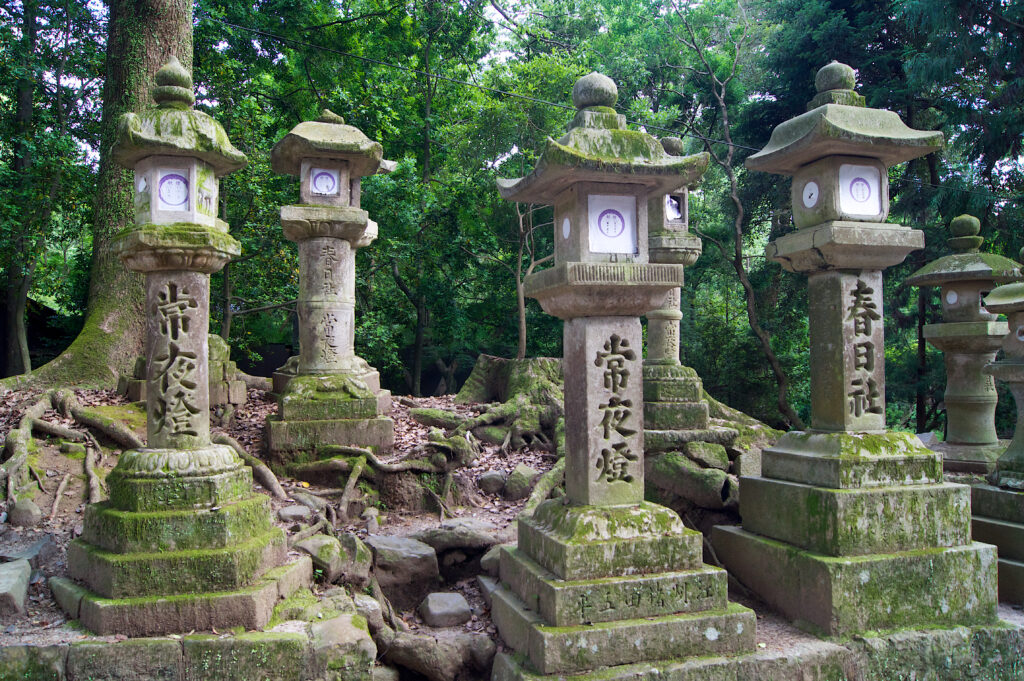
Main Shrine (Honden)
The main shrine, with its vibrant vermilion tones, is a masterpiece of traditional Shinto architecture. Visitors can explore the outer shrine and admire the inner sanctum, where deities are enshrined.
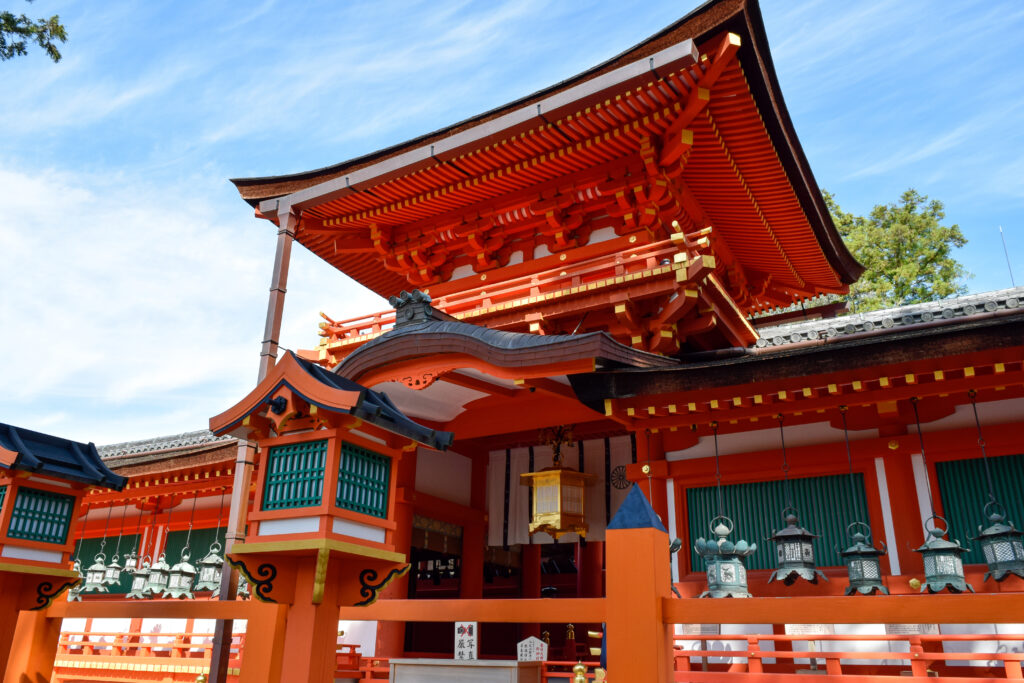
Kasuga Taisha Museum
This museum houses a remarkable collection of cultural artifacts related to the shrine, including ceremonial tools, swords, and historical documents. It offers visitors a deeper understanding of Kasuga Taisha’s legacy.
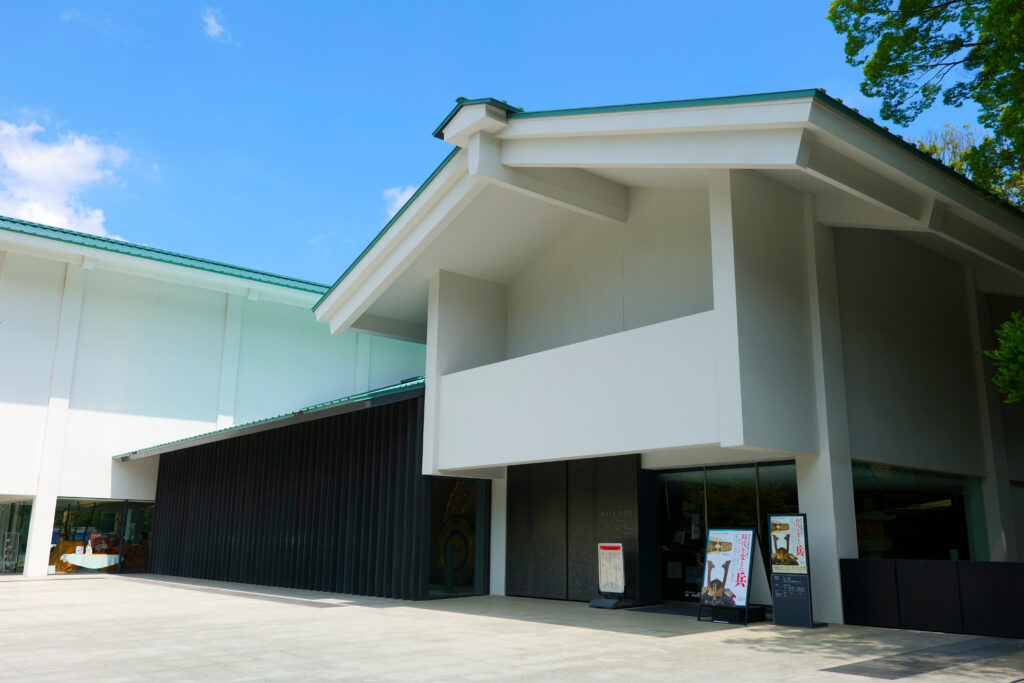
Manyo Botanical Garden
Adjacent to the shrine is the Manyo Botanical Garden, showcasing plants mentioned in Japan’s oldest poetry anthology, the Manyoshu. Seasonal blooms, including the wisteria associated with Kasuga Taisha, enhance the garden’s appeal.
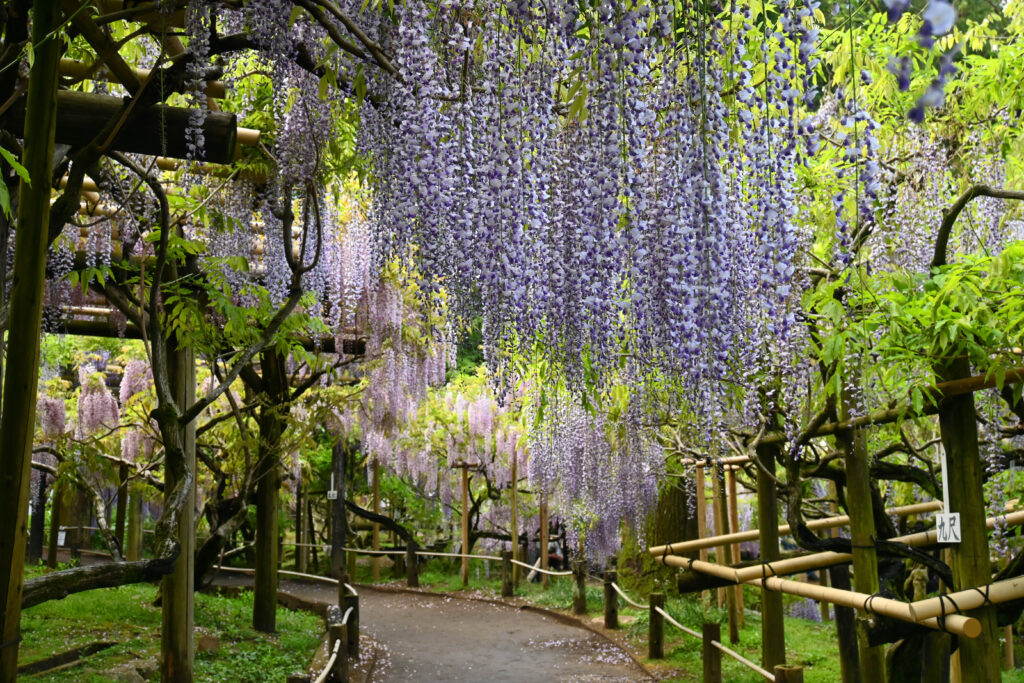
4. Seasonal Events and Festivals
Kasuga Taisha hosts several annual events, including the Setsubun Mantoro in February and the Obon Mantoro in August, where the lanterns are lit. The Kasuga Wakamiya On-Matsuri in December is another highlight, featuring traditional dances, rituals, and processions.
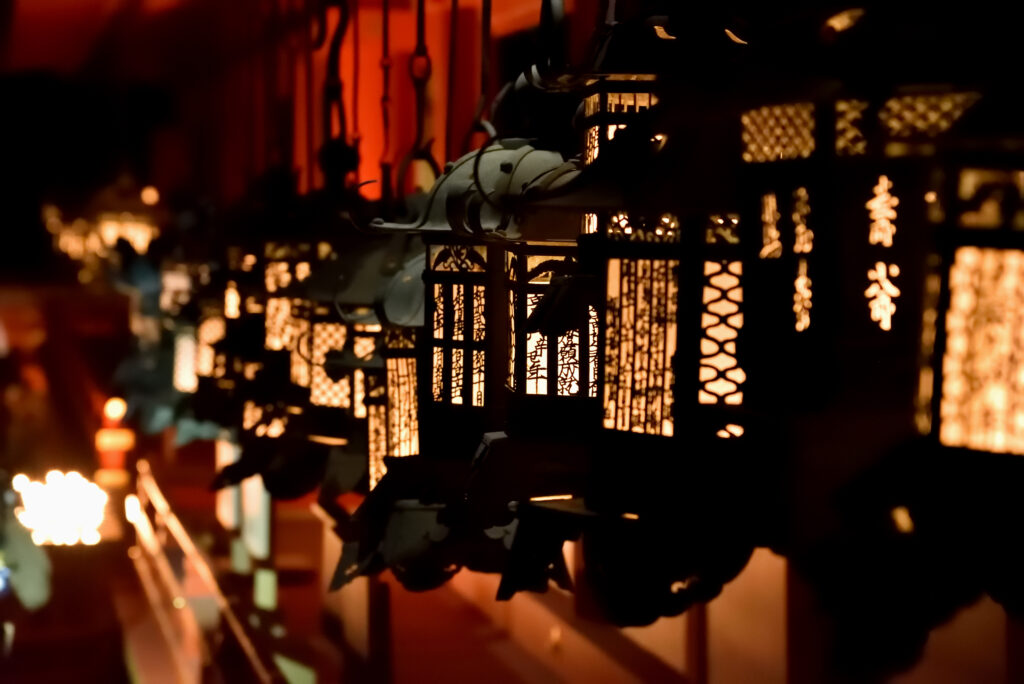
5. Access to Kasuga Taisha Shrine
Kasuga Taisha is located within Nara Park, just a 10-minute walk from the Todaiji Daibutsuden Kasuga Taisha-mae Bus Stop or a 30-minute walk from Kintetsu Nara Station. Its proximity to other cultural landmarks makes it an essential stop on any Nara itinerary.
6. Hours and Fees
Admission Fees
Shrine Grounds: Free
Inner Shrine Area: 700 yen
Kasuga Taisha Museum: 500 yen
Manyo Botanical Garden: 500 yen
Opening Hours
Shrine Grounds: 6:30 AM to 5:30 PM (hours vary by season)
Closed Days
No closed days
*Admission fees and hours are subject to change; check the official website for the latest information.
